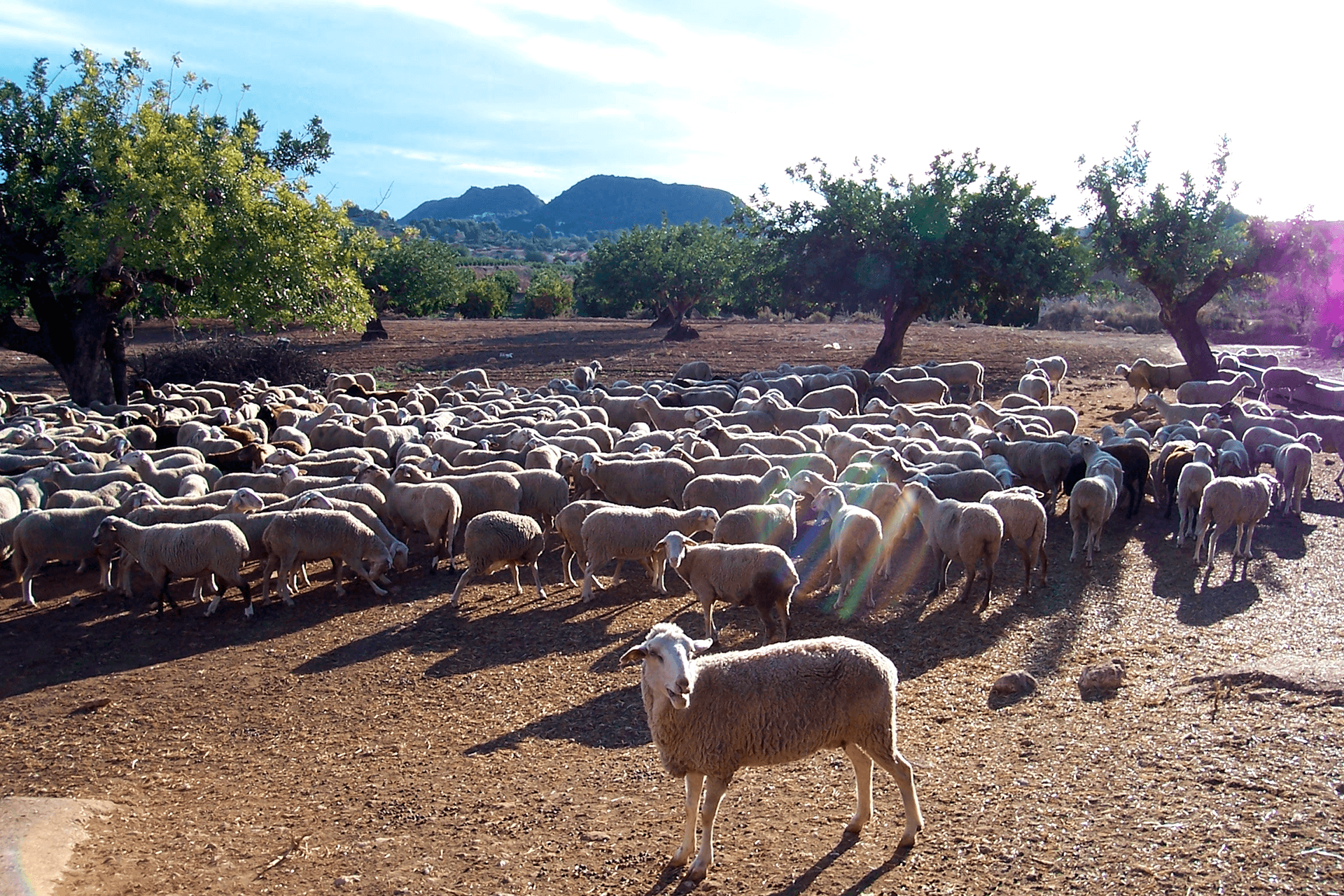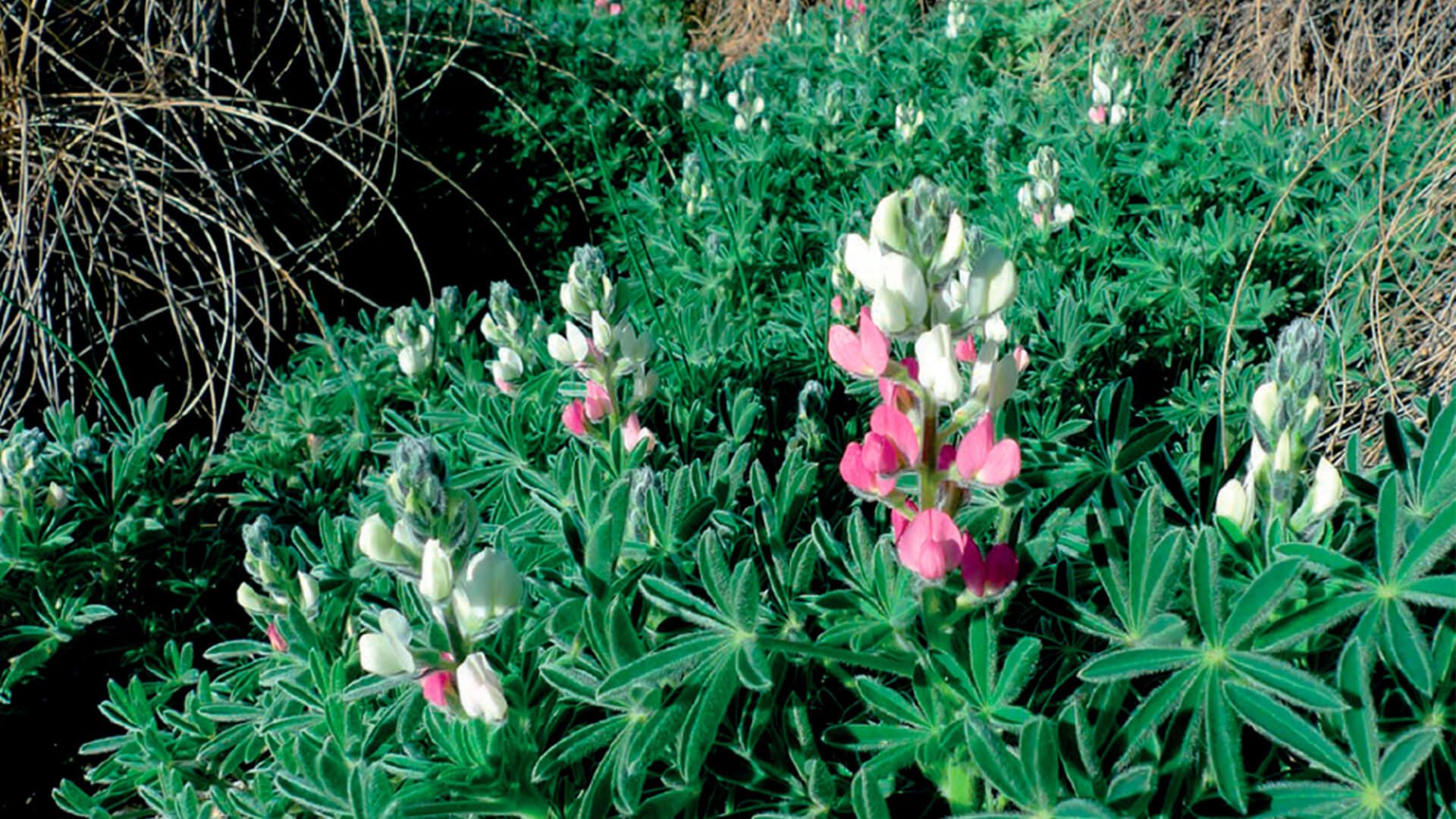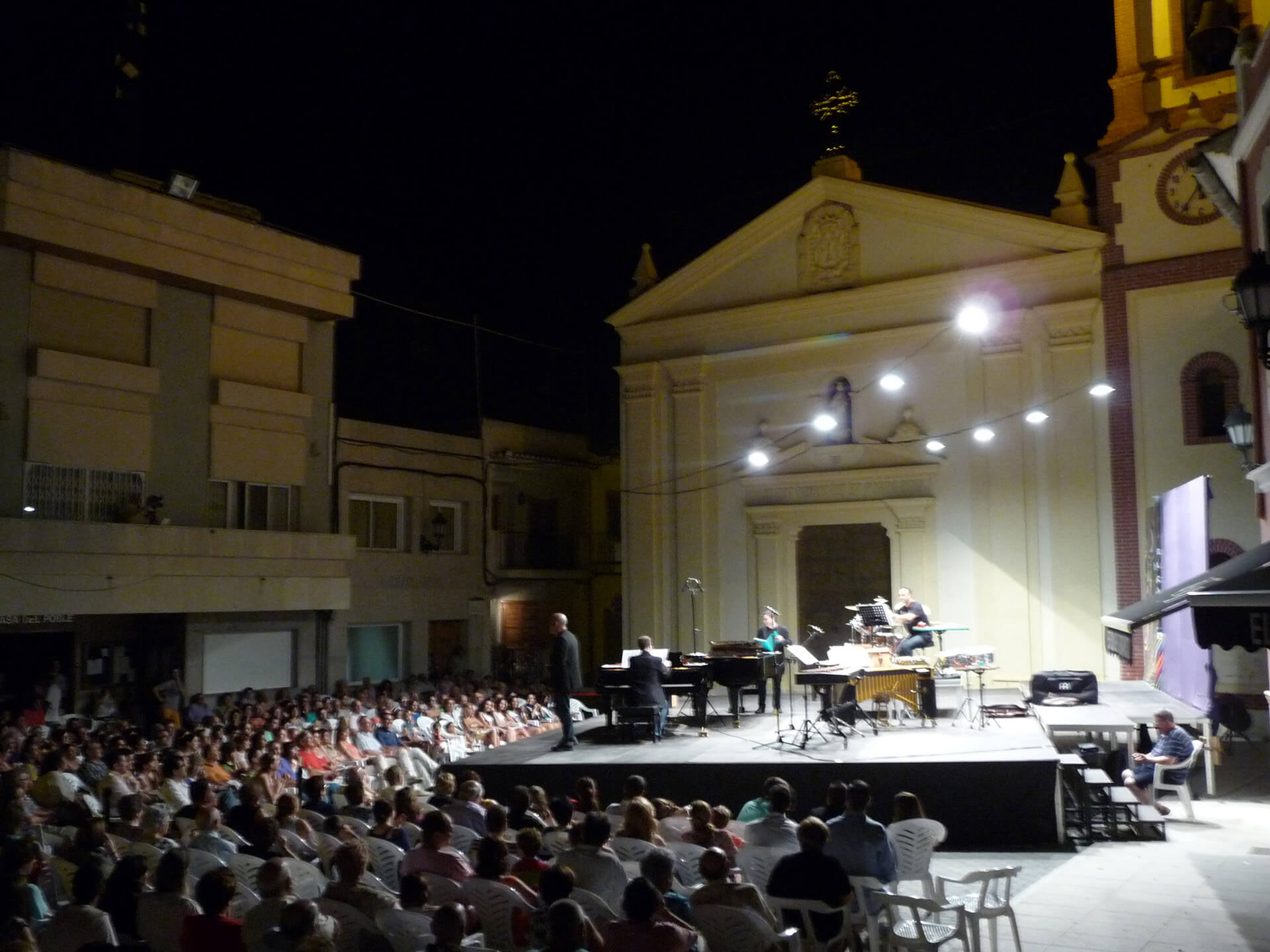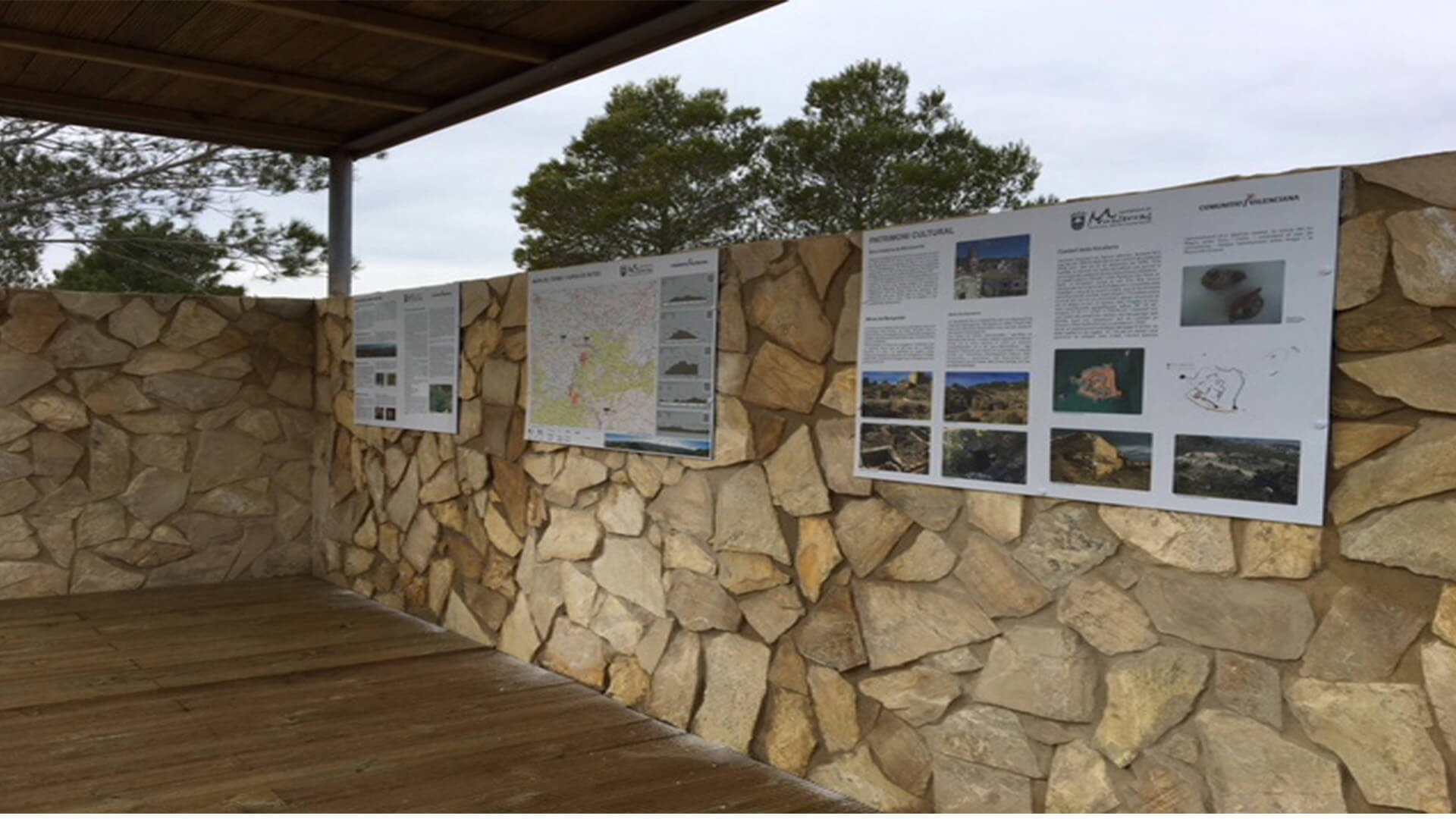Monserrat
Founded during the Muslim period, the village is located at the foot of the mountain of Castellet, on a small hill is now known as “l’Era Alta”. This hill gave its name to the village. It consists of an incline with a dip in the strata to the north, and which is cut in half by what appears to be a fault, which is responsible for the name: “serrat” (sawn, cut, in Valencian). The municipality is located in Vall dels Alcalans, in the northern part of the Ribera Alta administrative region. The village’s most important crops are grapes and carobs.
Gastronomy:
At Easter, it is customary to make cakes known as “mona de pascua”. The local cuisine includes a wide variety of rice dishes, as well as local wines and “mistela”.
Places of interest:
The church square, the original nucleus of the town and the site of the ancient Muslim hamlet, the Herrera style church (1637), the 18th-19th century Calle San Antonio, the 1889 Old School building, and the Public Granary, a building built in 1792 and originally dedicated to agriculture.
Located between the Rivers Magro and Castellet, there are many natural sites of interest in the municipality, such as “El Pantano” and “La Font de la Carència”.
“Montserrat Hydraulic Architecture Route”. This long route begins in the Montserrat mine, before running through the “Sierra de Castellet” range, the mountainous areas of “La Carencia”, “El Carcalí”, “El Barranco del Agrios”, “El Barranco de la Font de L’Om” and the left bank of the River Magro. Along the route we find hydraulic works (springs, cisterns, troughs, waterwheels, watermills, aqueducts and mines) and mountainous, inland landscapes and various historical irrigation lands. It measures a total of 21.6 km. Located between the Rivers Magro and Castellet, there are many natural sites of interest in the municipality, such as “El Pantano” and “La Font de la Carència”.
Festivities:
The town’s main festivities are held from 15th to 25th August in honour of the Assumption of Our Lady and Saint Roche. They include a parade (14th August), funfair and processions, in addition to bullfighting.






